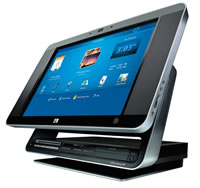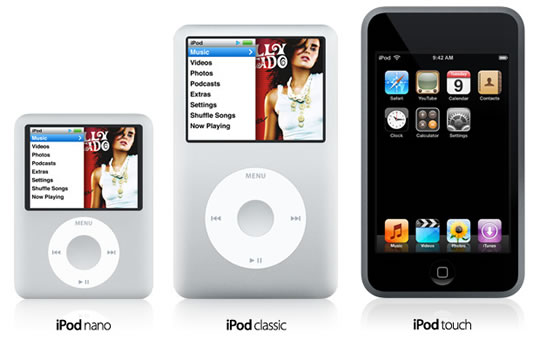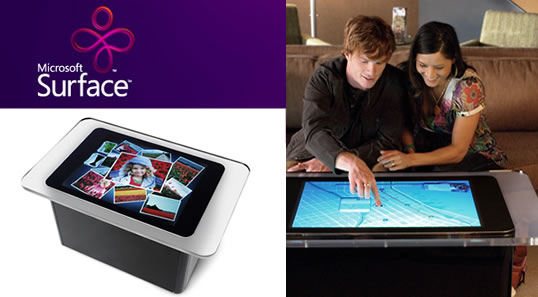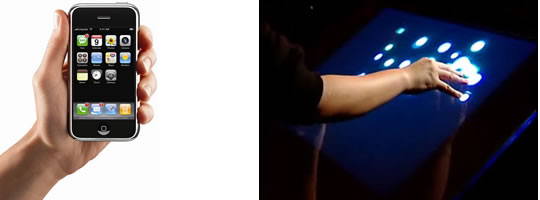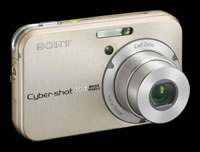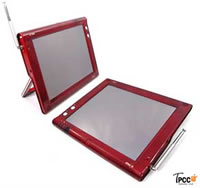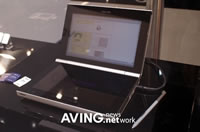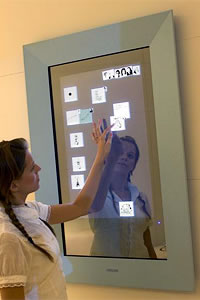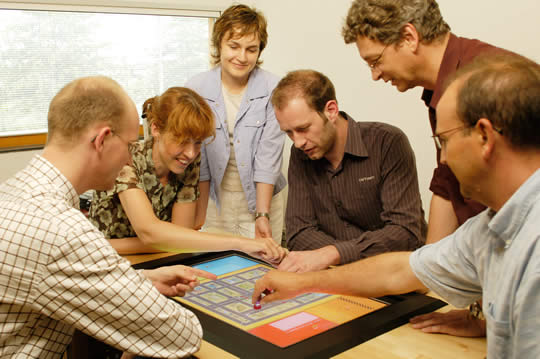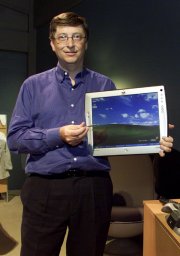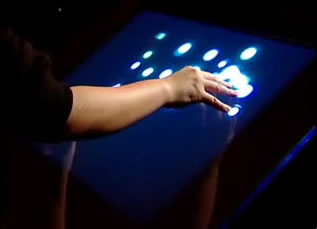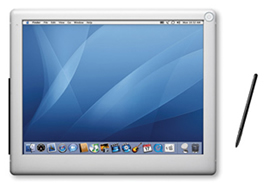Resistive Multi-Touch Screens from Stantum
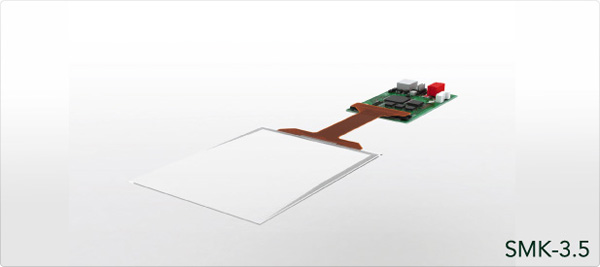
Long time readers know my interest in multi-touch technology, so I find these
2.5” and 3.5” resistive multi-touch from Stantum screens irresistible. Stantum is a French company, and parent company of JazzMutant which makes the Lemur, a programmable multi-touch
mixer used by musicians like Thom Yorke. Stantum's new cell-phone sized multi-touch screens use
resistive touch detection, but are much more precise and responsive than current resistive touchscreens. The screens can detect many simultaneous finger touches, finger pressure, and even accurately respond to tools like paintbrushes. Because the screens use resistive touch technology they should be less expensive to produce than capactivie touch screens and do not require a glass front which can be cracked or broken. The only downside I see to Stantus multi-touch screens is the controller card,
which is is pretty large at about 2" x 1.25". I'm not sure if the entire card is required to run the screen, but hopefully the necessary internals can be shrinked to single chip, because I don’t think your
iPhone or G1 has room for that whole card.
Stantum via Engadget with a videos!
